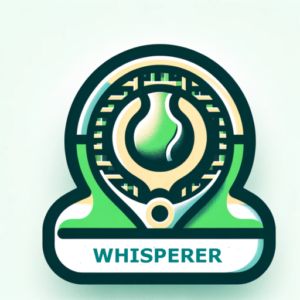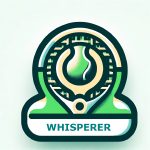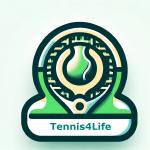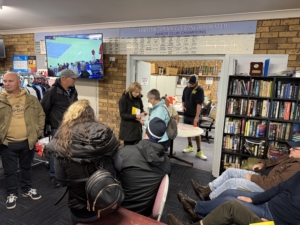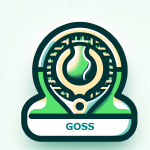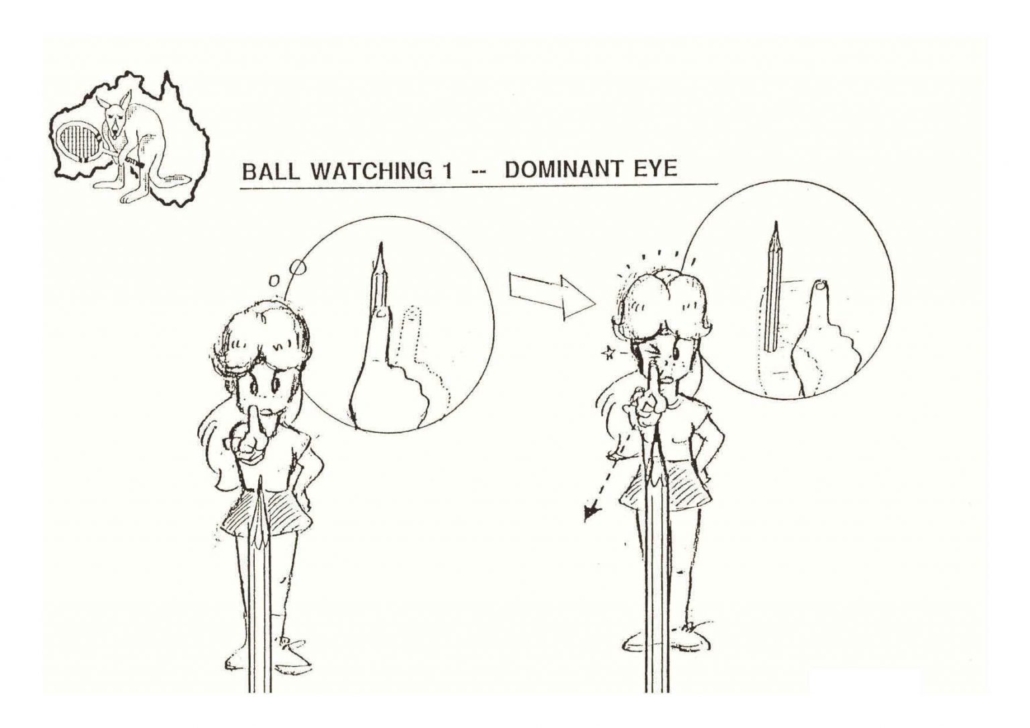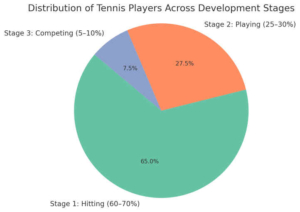You Won. Now What?
After a match, while most coaches ask about the score, I’ve noticed you ask something else.
Most begin with, “Did you win?” You begin with something deeper: “What did you learn?”
That small shift speaks volumes. Because it’s not just about the outcome—it’s about the insight. And that’s where real growth begins.
Why does that matter?
Because results fade—but learning endures. The scoreboard doesn’t define your worth. And chasing wins alone can leave even the most successful athletes feeling unexpectedly hollow.
It’s a lesson that reaches far beyond sport: if your sense of meaning hinges only on outcomes, you’ll constantly be chasing fulfillment that slips through your fingers. But if you root yourself in growth, in learning, in purpose—then every step, win or lose, becomes worthwhile.
That’s why this conversation—about the difference between goals and purpose—matters more than ever as a life lesson.
Even the Greats Ask: “Now What?”
That quiet question—“Now what?”—echoes across every corner of elite sport.
After reaching the pinnacle, many athletes describe not joy, but confusion. Aaron Rodgers, fresh off a Super Bowl win, asked himself: “Did I aim at the wrong thing?” Michael Phelps, with 23 Olympic golds, admitted to post-Games depression: “Cool… Now what?”
Australian legends have lived the same story.
Ash Barty retired at 25 after winning Wimbledon and the Australian Open. Her words? “I’m spent… I know physically I have nothing more to give.”
Pat Rafter walked away from tennis while still at the top to prioritize family, later admitting the trophies didn’t anchor him.
Mark Philippoussis reflected that the real challenge wasn’t losing—it was figuring out who he was when tennis stopped being the answer.
Cricketers feel it too.
Adam Gilchrist spoke of the silence after retirement—the emotional vacuum that followed years of applause.
Shane Watson revealed how he had to uncouple his self-worth from his stats.
And Justin Langer, even after leading Australia to Ashes glory, found himself seeking fulfilment not in medals, but in mindfulness.
Even our greatest swimmers—Ian Thorpe and Grant Hackett—opened up about post-career identity loss. “You go from being on top of the world to not knowing what your place is anymore,” said Thorpe. Hackett echoed that the real fatigue came from redefining himself without the sport.
These aren’t stories of regret. They’re stories of realignment. Because when goals are finally achieved, identity often demands a new anchor.
Scottie Scheffler’s Honest Question
That’s why Scottie Scheffler’s pre-Open admission made headlines: “Why do I want to win this tournament so bad?”
It wasn’t weakness—it was honesty. Just days before winning the Open Championship, the world’s top golfer revealed that success doesn’t truly fulfill him. Golf matters—but not more than his faith or his family. And standing on top of his sport, he dared to question the point of it all. Yet despite those doubts, he still won. Not because he needed to—but because he had decoupled outcome from identity. That’s real freedom.
We recently wrote a column about Scheffler “finding a way” in the face of challenge—and Scheffler embodies that mindset. He trains with purpose, competes without ego, and finds meaning beyond the scorecard. His journey isn’t about perfection—it’s about staying grounded in what matters most.
The Difference Between a Goal and a Purpose
Performance psychologist Jamil Qureshi explains it this way:
“A goal is something you achieve. A purpose is something you live.”
Goals are outcomes: Win the title. Break the record. Purpose is process: Wake up with meaning. Grow through effort. Serve something bigger than yourself.
Goals end. Purpose doesn’t.
What Purpose Looks Like in Real Life
Olympic rower Helen Glover once believed that winning would make her “never sad again.” But when she crossed the finish line in London, she didn’t feel joy—just relief. The gold medal was too heavy for the moment to carry.
It wasn’t until her second Games that her mindset shifted. The focus moved from Can we win? to How good can we be?
Triathlon legend Alistair Brownlee had a similar experience. After winning Olympic gold, he kept training—not for a race, but because “it’s who I am.”
This is what it looks like when identity is grounded in purpose, not outcomes.
Train With Purpose (Not Just Goals)
So what does this mean for you, the athlete, the coach, the weekend player?
It means your value isn’t tied to the win. And your success isn’t just about reaching a target—it’s about how you pursue it.
Here’s how to shift from goal-chasing to purpose-living:
-
Anchor your habits in identity: Be the kind of person who shows up, no matter the result.
-
Create process goals: Move from “win X” to “train with full focus every day.”
-
Measure what you control: Effort. Attitude. Preparation. Not just outcomes.
-
Use failure as feedback: Let setbacks reveal your growth—not just your gaps.
-
Celebrate the path: Acknowledge the journey, not just the arrival.
As James Clear writes in Atomic Habits:
“You don’t rise to the level of your goals. You fall to the level of your systems.”
Wrap: What Really Stays With You
Most of us aren’t chasing Wimbledon titles or Olympic medals—but we’re all chasing something. A promotion. A PB. A personal transformation.
And when we finally reach the summit, we often whisper the same thing as the pros: “Now what?”
That’s why purpose matters. Because it’s not just about the win—it’s about why you show up every day. It’s the effort you give, the character you build, and the meaning you create in the process.
So ask yourself:
Because when you live with purpose, every step counts—even the quiet ones. And that’s a win worth chasing.
